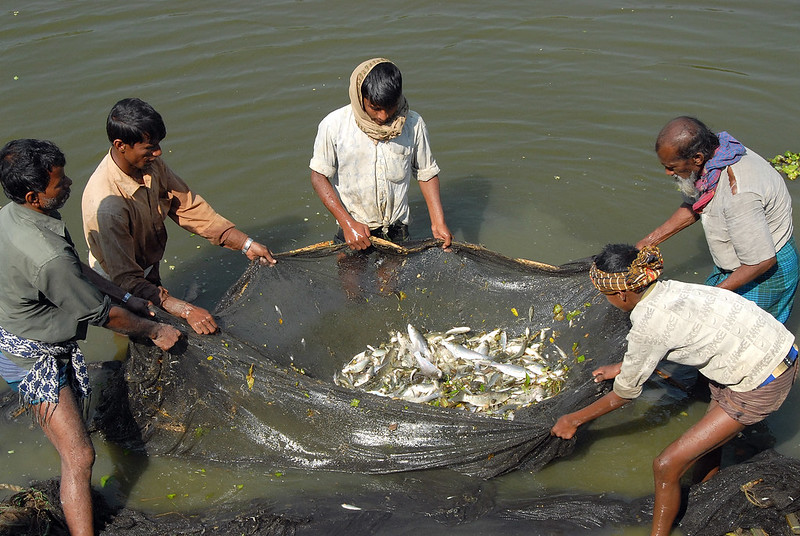
A recent pilot study, aimed to investigate the potential for digital communication materials to rapidly and effectively communicate antimicrobial resistance (AMR) messages to rural aquaculture farmers in Bangladesh. Working with stakeholders from the Bangladesh aquaculture industry, the team developed a four-minute digital animation designed specifically for this audience and assessed its capacity to engage and communicate AMR messages to farmers. A small-scale social media campaign was carried out to determine the potential for rapidly disseminating AMR awareness materials to a large audience across Bangladesh, where there is an extensive 4G internet network and an ever-increasing proportion of the population (57% as of December 2019) have mobile internet access.
Thirty-six farmers were surveyed: all of them liked this method of communication and 97% said it would change the way they use antibiotics in the future. Through the social media campaign, the animation received 9,100 views in the first two weeks alone. Although preliminary, these results demonstrate the huge potential for digital communication methods for the rapid and widespread communication of AMR awareness materials to rural aquaculture communities in Bangladesh and across Asia. Results support the need for more research into the most appropriate and effective content of AMR awareness campaigns for aquaculture communities and question the need for explaining the science underlying AMR in such communication materials.
This work was supported by the Economic and Social Research Council, through a Global Challenges Research Fund Impact Accelerator Award; the Biotechnology and Biological Sciences Research Council (BBSRC) through a Daphne Jackson Fellowship; jointly by the BBSRC and the Newton Bhabha Fund under Grant BB/N00504X/1; and the Economic and Social Research Council under Grant ES/P004008/1 (to CRT as Co-PI). The social media campaign was funded by WorldFish, CGIAR Research Program Fish Agrifood Systems (FISH), led by WorldFish and funded by contributors to the CGIAR Trust Fund.
Read the full publication